Author Guidelines
THE TEXT OF THE SCIENTIFIC ARTICLE SHOULD BE DIVIDED INTO SECTIONS:
Authors are encouraged to refer to the following information as they navigate the submission process within the online system.
- Registration on the Website (first name, last name, organization, country)
- Log in (email address, username, password)
- Rules for authors (familiarization with the requirements of the journal)
- Personal account (you need to choose the role of the author or reviewer)
Submission Checklist
During the submission process, authors must ensure that their submission complies with all the following criteria. Submissions not adhering to these guidelines will be returned to the authors for revision.
As part of the submission process, authors are required to check off their submission's compliance with all of the following items, and submissions may be returned to authors who do not adhere to these guidelines.
|
|
The submission constitutes an original piece of scholarship that has not been previously published or concurrently under consideration for publication in any other academic journal. |
|
|
The submission references contemporary theoretical frameworks and empirically grounded literature, including relevant articles published in the JEDE. |
|
|
The submission includes details on sample size, population characteristics, confidence intervals, and effect sizes, where applicable. |
|
|
The submission employs an engaging, vibrant, and straightforward language style, prioritizing the active voice whenever feasible. |
|
|
The submission incorporates a maximum of five tables and/or figures within the manuscript, ensuring conciseness and clarity of presentation. |
|
|
All identifiable information has been removed from both the documents and their respective file names. |
STRUCTURE OF THE ARTICLES
1. An article must start with an abstract, a brief introduction of the essence of the article,
of 150 words in length;
2. Authors should provide the most relevant keywords (about 3-5 words);
3. Tables, figures, and diagrams must be inserted in the text where relevant. Annexes and lists of abbreviations may be added to the text if required. If any additional annexes are submitted, they should be placed at the end of the article;
4. All literature and other sources used must be specified in footnotes by strictly observing the requirements listed in these guidelines;
5. The recommended length of the articles is 3000-5000 words (i.e. approximately 12-20 pages).
THE TEXT OF THE SCIENTIFIC ARTICLE SHOULD BE DIVIDED INTO SECTIONS:
1. Introduction: a summary of the history of the issue, the purpose and objectives of the study;
- Theoretical Framework/Literature Review: a critical evaluation of the relevant, scholarly sources;
3. Research methodology: the specific procedures or techniques used to identify, select, process, and analyze information about a topic; - Research results: basic theoretical and experimental results, factual data, interrelations, and patterns detected;
5. Discussion/Conclusions - summing up the work, justification of the novelty and relevance of the study, recommendations for the application of the results;
6. References: The links in the text are numbered in ascending order. Bibliographic information about the publication is made out in accordance with GOST 7.1-2003 (a sample design is attached).
TEXT FORMAT 1. The main text must be typed in 12-point Times New Roman font, 1 line spacing;
2. Chapter headings must appear in 14-point Times New Roman font, Bold. Section headings 12-point Times New Roman font, Bold;
3. Tables must be indicated consecutively by number. The title of the table must appear above the table;
4. Pictures and diagrams must be indicated consecutively by number starting from the beginning of the article. The title of the figure must appear under the figure.
REFERENCES
Book:
Authors Last Name, First M. initials. Title of book capitalized like a sentence. City of Publication: Publisher, Year Published. Pages.
Example: Carley, M.J. The Alliance That Never Was and the Coming of World War II. Chicago: Dee, 1999. 365 p.
Chapter:
Authors Last Name, First M. initials. Section Title. In Book, edited by First M. Last. Edition ed. City: Publisher, Year Published. Pages.
Example: Melville, H. Hawthorne and His Mosses. In The Norton Anthology of American Literature, edited by Nina Baym. 3rd ed. New York: Norton, 1989. P. 5-25.
Journal:
Authors Last Name, First M. initials. Article Title. Journal Title, Series, Volume, no. Issue (Month Date, Year Published): Pages.
Example: Bharadwaj, P., Ward, K.T. Ethical Considerations of Patients with Pacemakers. American Family Physician, 78 (2008): pp. 398-99.
Website:
Authors Last Name, First M. initials. Article Title. Website Title. Month Date, Year Published. [or] Last modified date [or] Accessed Month Date, Year. URL.
Examples: Satalkar, B. Water Aerobics. Buzzle.com. July 15, 2010. www.buzzle.com.
Smith, J. Illinois Governor Wants to Fumigate States Government. CNN.com. Last modified January 30, 2009. URL:
http://edition.cnn.com/2009/POLITICS/01/30/illinois.governor.quinn.
Online Database:
Authors Last Name, First M. initials. Article Title. Journal Title, Series, Volume, no. Issue (Month Date, Year Published): Pages. Accessed Month Date, Year. URL.
Example: Ahn, H., Kim, K. Using Genetic Algorithms to Optimize Nearest Neighbors for Data Mining. Annals of Operations Research 263, no. 1 (2008): pp. 5-18. Academic Search Premier.
*Note: Only include URL if it is stable. If no stable URL, use database name instead.
Newspapers:
Authors Last Name, First M. initials. Article Title. Newspaper Title (City), Month Date, Year Published. Pages.
Example: Campoy, A. Gasoline Surges in Southeast After Ike. The Wall Street Journal, September 23, 2008. P. 16-18.

